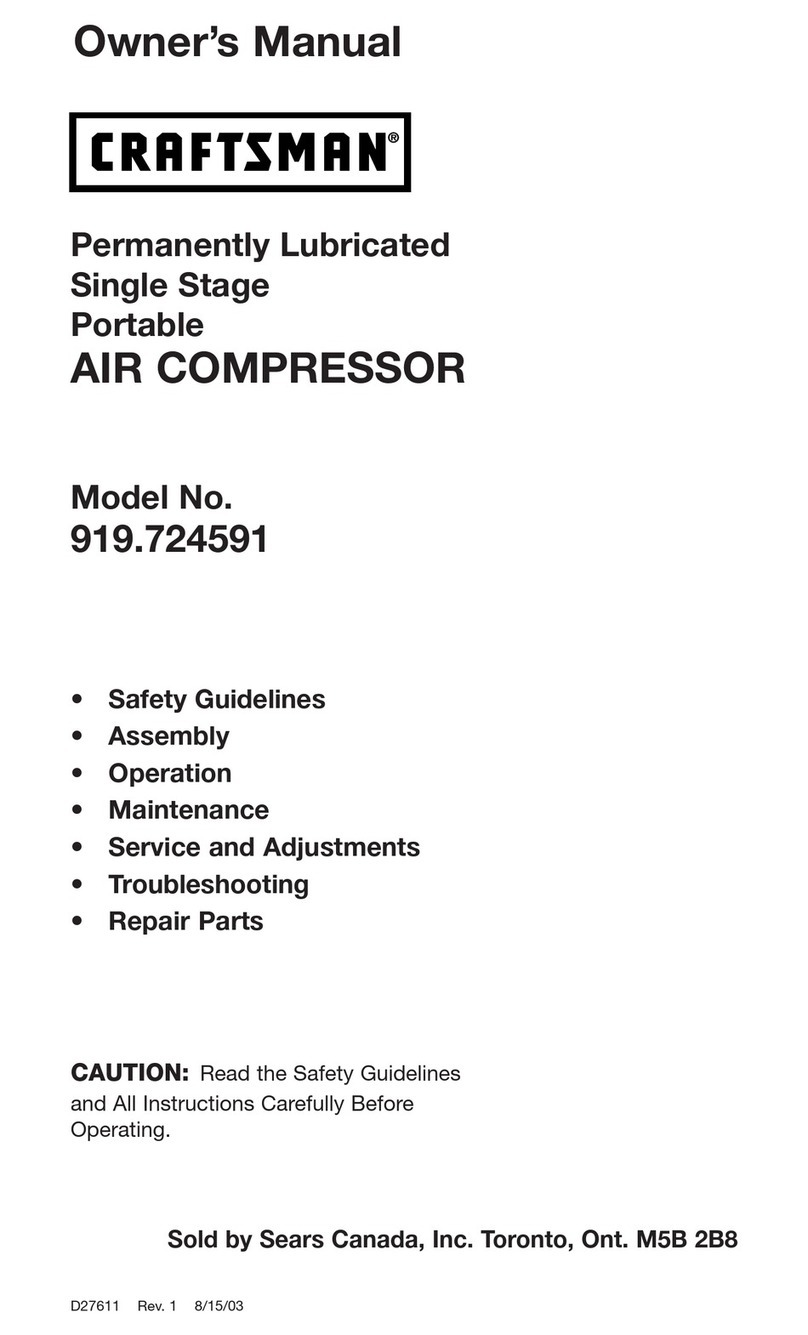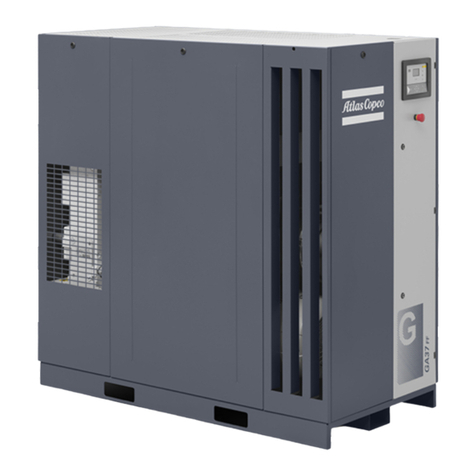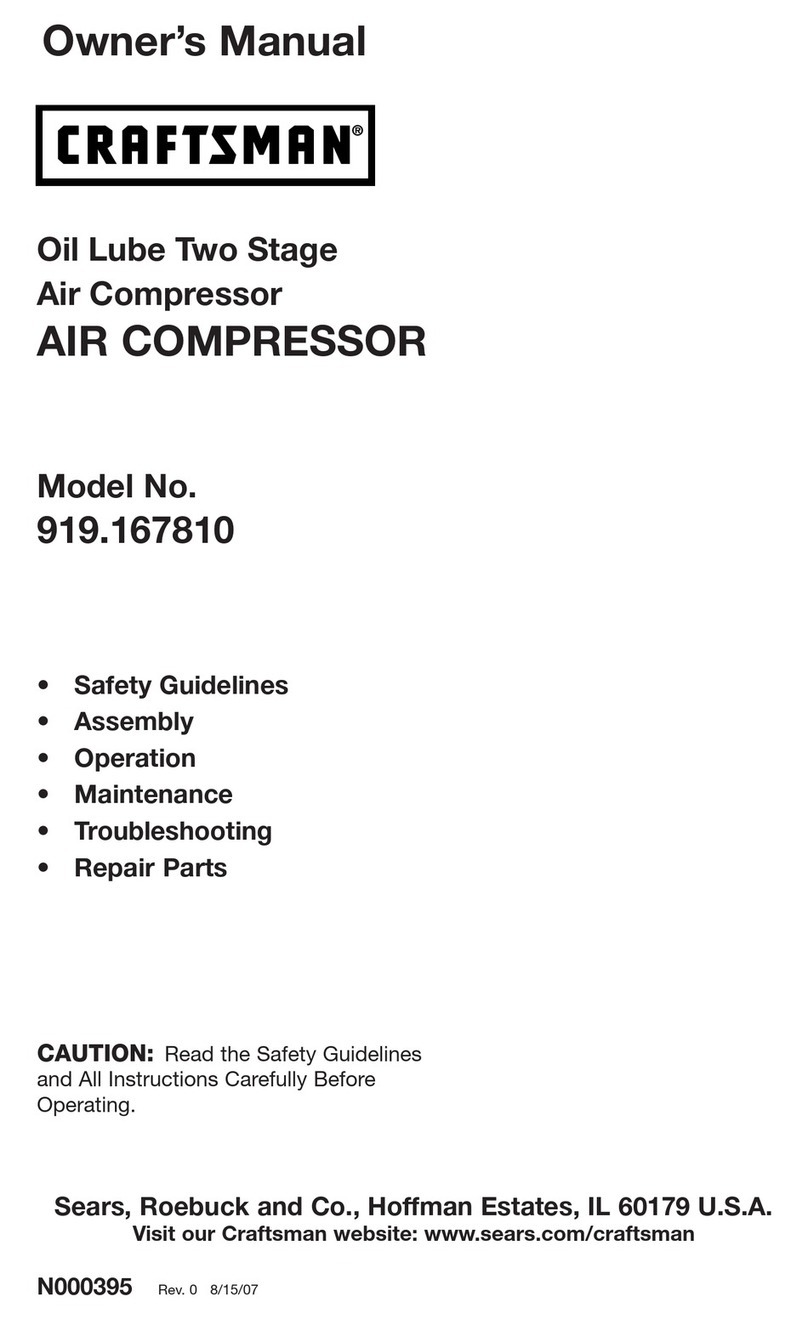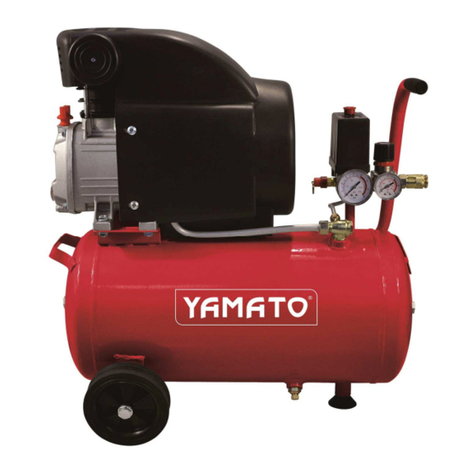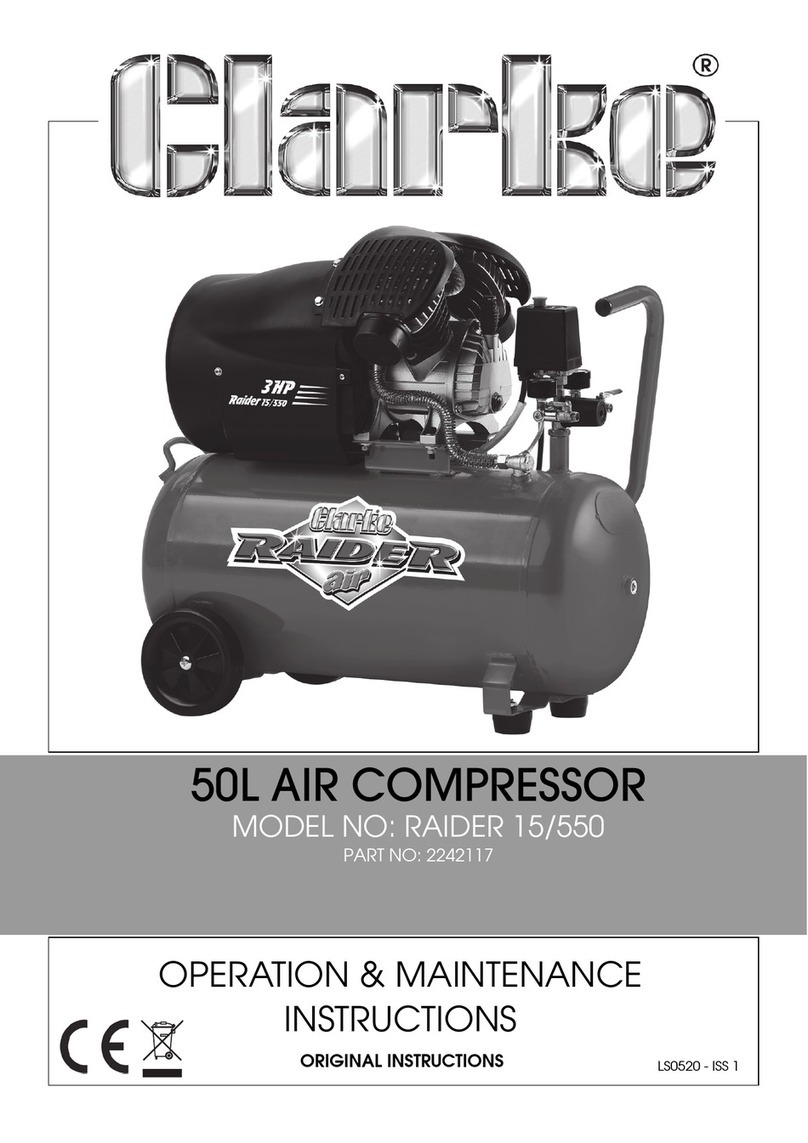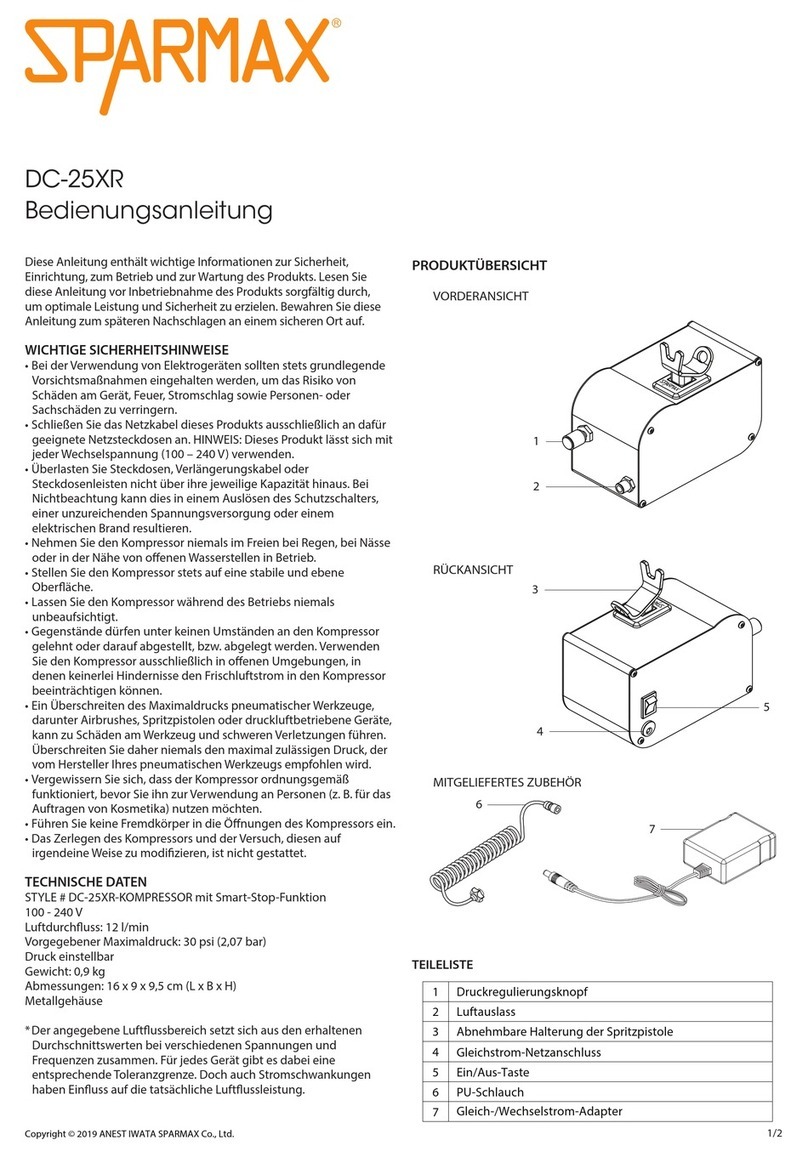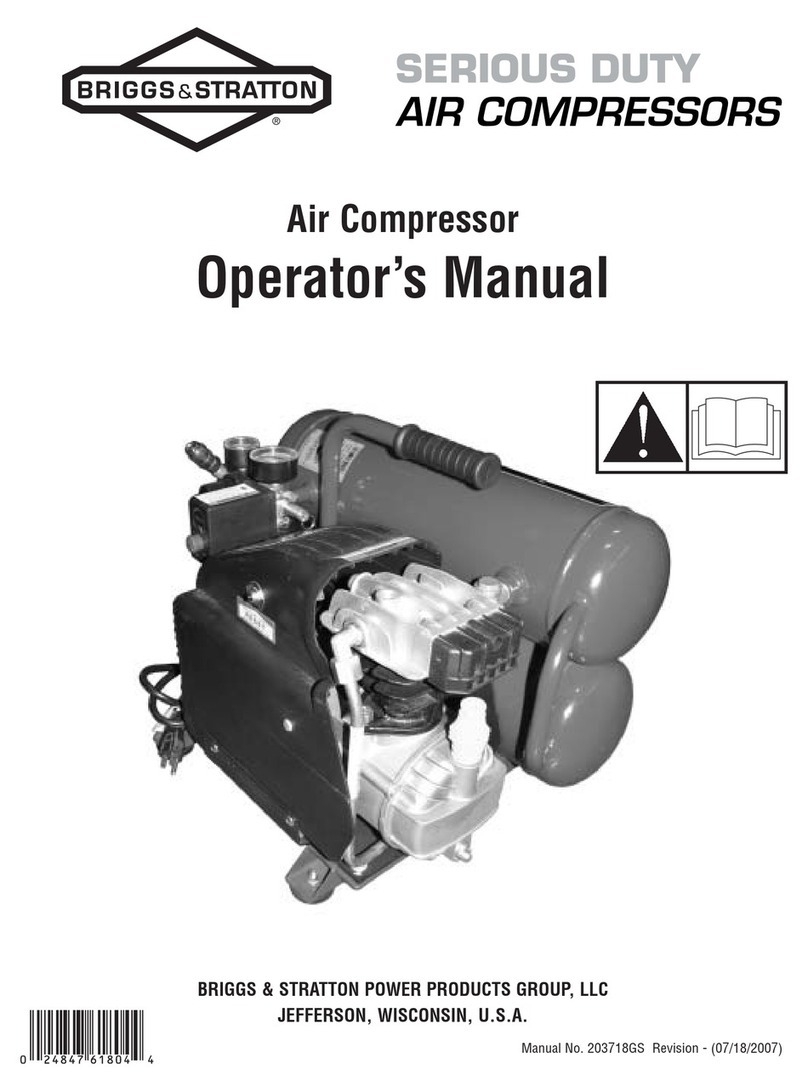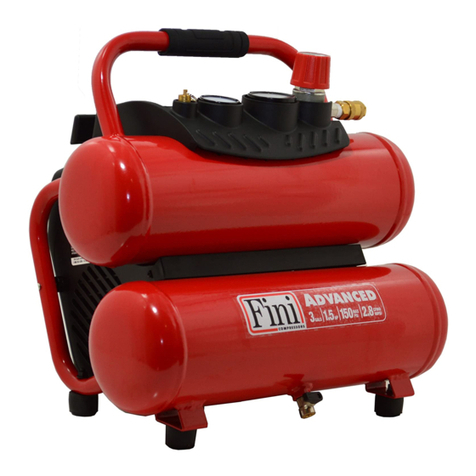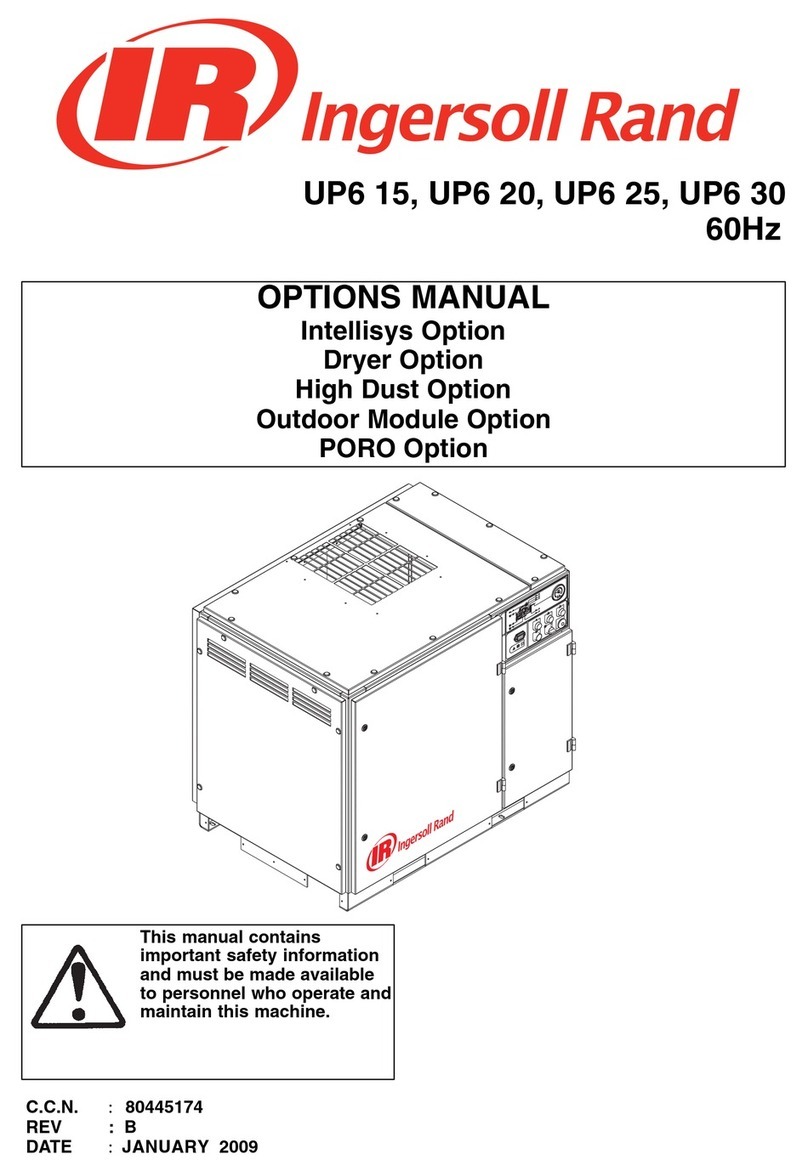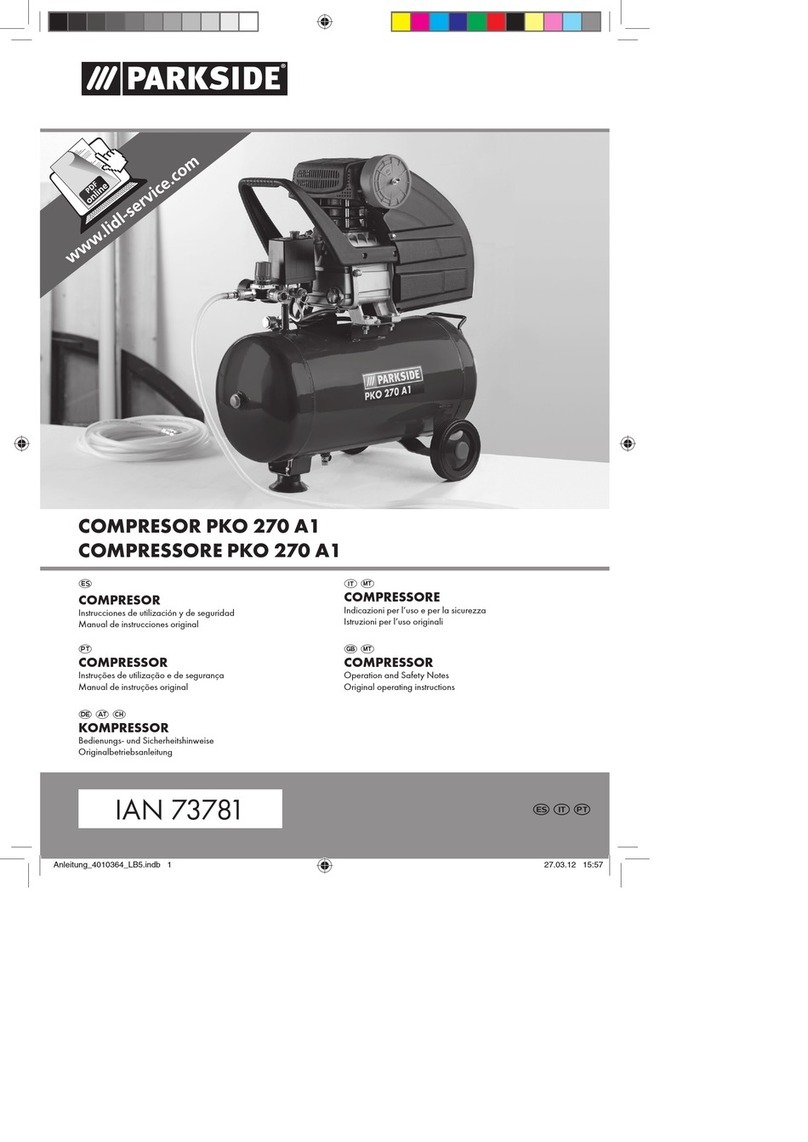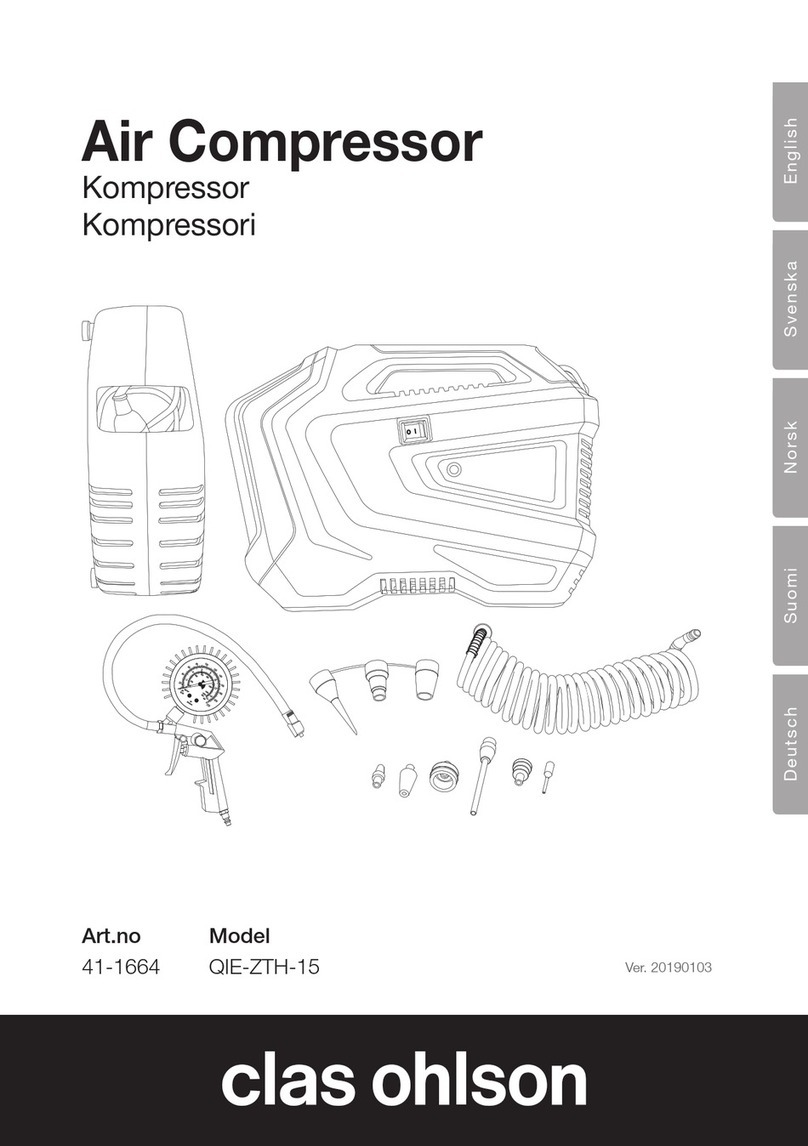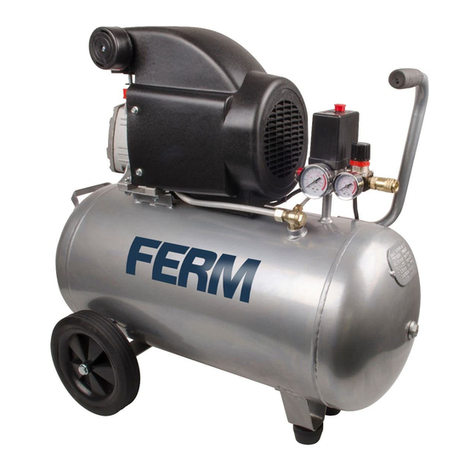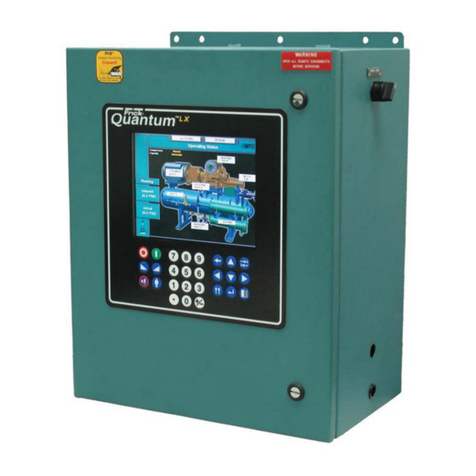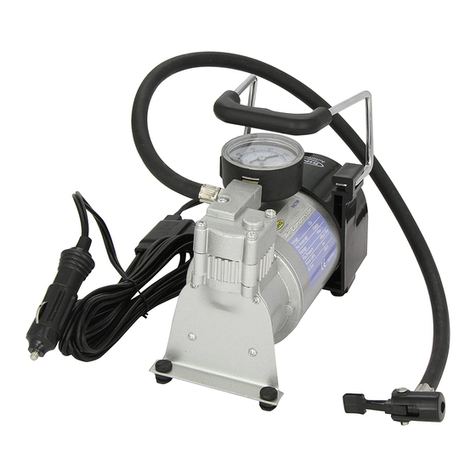Roliar 3230K24CS User manual

- 1 -
PORTABLE AIR COMPRESSOR
OWNER’S MANUAL
MANUEL D’INSTRUCTION FRANÇAIS – PAGE 16
MANUAL DE INSTRUCCIONES ESPAÑOLES – PÁGINA 31
MODEL: 3230K24CS
SERIAL NUMBER: __________________
606 South Lake Street > P.O. Box 346 > Hustisford, WI 53034-0346 > 920.349.3281 > fax 920.349.3691 > www.rolair.com

- 2 -
PARTS
Genuine ROLAIR®replacement parts are sold nationwide through a network of authorized dealers and service centers.
Please contact the dealership where your air compressor was purchased or our factory Customer Service Department if
you need help troubleshooting, obtaining parts, or locating an authorized ROLAIR®service representative.
PORTABLE AIR COMPRESSOR
OWNER’S MANUAL
WARNING
COMPRESSOR DISCHARGE AIR MAY CONTAIN HYDROCARBONS AND OTHER
CONTAMINANTS! DO NOT USE DISCHARGE AIR FOR BREATHING!
RECORD OF PERTINENT INFORMATION
Make a permanent record of the model and serial number of your new air compressor here. You’ll save time and
expense by including this reference information when requesting service or replacement parts.
Place & Date of Purchase Volts
Model HZ
Serial # HP
With the tank gauge at 0 PSI and air line(s) disconnected, close drain valve(s) and record the amount of time it takes
to build tank pressure on the space provided. Periodically test your air compressor against this pump-up time to
determine if it is operating correctly. If time test is considerably off, contact your local ROLAIR®representative to
arrange service.
From 0 to ______*PSI From 0 to ______*PSI
Date Min Sec Date Min Sec
To order replacement parts: 1. Give compressor model number
2. Give compressor serial number
3. Name of part
4. Part number
5. Quantity required
606 South Lake Street > P.O. Box 346 > Hustisford, WI 53034-0346 > 920.349.3281 > fax 920.349.3691 > www.rolair.com

- 3 -
TABLE OF CONTENTS
Introduction and Definitions of Safety Warnings 2
Safety Warnings – Risk of Asphyxiation & Bursting 3
Safety Warnings – Risk of Electrocution, Shock, Explosion & Fire 3
Safety Warnings – Risk of Moving Parts, Burns & Lifting 4
Safety Warnings – Risk of Propelled Objects, Unsafe Operation, and Damage
To Compressor or Property
4
Identification of System Controls 5-6
Pre-Start Checklist 7
Operation 8-9
Maintenance 9-11
Troubleshooting 12
Guarantee 13
INTRODUCTION
Congratulations on the purchase of your new ROLAIR®air compressor!
With over 50 years experience building ROLAIR®air compressors specifically designed for the professional,
Associate Engineering Corporation has earned a reputation for providing a product unsurpassed in quality
and reliability. We are committed to continuing this tradition by analyzing and adapting to the changing
needs and rigorous demands of your industry. You can depend on ROLAIR®because they are built to last.
This manual was compiled for the benefit of the operator. Do not use or allow anyone else to use your air
compressor until this manual is read and all safety/operating instructions are understood. By reading and
following the instructions contained in this manual, you can achieve years of trouble free service from your
new air compressor. If you have any additional safety or operating questions after reading this manual,
please contact your distributor or our customer service department. Do not remove or paint over any of
the warning decals attached to the compressor.
Definitions – Safety Warnings
Safety symbols are used throughout this manual to alert you to potentially hazardous situations. The
following definitions describe the level of severity for each signal word.
DANGER: Indicates an imminently hazardous situation which, if not avoided,
WILL result in death or serious injury.
WARNING: Indicates a potentially hazardous situation which, if not avoided,
COULD result in death or serious injury.
CAUTION: Indicates a potentially hazardous situation which, if not avoided,
MAY result in minor or moderate injury or damage to the air
compressor.

- 4 -
SAFETY WARNINGS
READ AND UNDERSTAND ALL SAFETY WARNINGS BEFORE USING AIR COMPRESSOR
Hazard Level Potential of Hazard How to Avoid Hazard
Risk of Asphyxiation
Serious injury or death may occur from
inhaling compressed air. The air stream may
contain carbon monoxide, toxic vapors, or
solid particles.
Never inhale compressed air directly from the
pump, receiver, or from a breathing device
connected to the air compressor.
Sprayed materials such as paint, stucco,
insecticides, solvents, etc. contain harmful
vapors and poisons that may cause serious
injury or death if inhaled.
Operate compressor only in a well-ventilated
area. Use a respirator device and follow the
manufacturer’s recommendations for their
spray equipment. Keep compressor at least
25 feet away from spray equipment.
Serious injury or death may occur if the
exhaust from gas-powered small engines is
inhaled. Engine exhaust fumes contain
poisonous, carbon monoxide which is odorless
and colorless.
Operate gas-powered compressors only in a
well-ventilated area. Avoid inhaling engine
exhaust fumes, and never run a small gas-
powered engine in a closed building or
confined area without adequate ventilation.
Risk of Bursting
Serious injury or death may occur from an air
tank explosion if the air tanks are not properly
maintained or if modifications, alterations or
repairs are attempted to the air receivers.
Drain air tanks daily or after each use. Never
drill into, weld, patch or modify the air tanks.
If a leak develops, replace the tank
immediately or replace the entire compressor.
Serious injury or death may occur if
modifications are made to the pilot unloader
valve, pressure switch, safety relief valve or
other components that control the tank
pressure.
Never make adjustments to the components
that control tank pressure. Do not make
alterations to the factory operating pressure
settings. Check operation of the safety valve
on a regular basis and never operate without a
factory approved safety valve.
Serious injury may occur if accessories or
attachments are operated above the
manufacturer’s recommended pressure
ratings, causing them to explode or fly apart.
Do not use air tools or attachments before
reading the owner’s manual to determine the
maximum pressure recommendations. Never
exceed the manufacturer’s maximum
allowable pressure ratings. Do not use
compressor to inflate small low pressure
objects such as toys.
Risk of Electrocution or
Electrical Shock
Serious injury or death could occur if the air
compressor is not properly grounded.
Always plug compressor into a properly
grounded outlet which provides correct
voltage, proper grounding and adequate fuse
protection.
Electrical shock may occur if compressor is
not properly operated.
Never operate air compressor in wet
conditions or outdoors when it’s raining. Do
not allow electric cords to lay in water. Do not
operate with damaged power cord or with
protective electrical covers removed. Do not
touch plug with wet hands. Do not pull on
electric cord to disconnect from the outlet.
Serious injury or death may occur if electrical
repairs are attempted by unqualified
personnel.
Any electrical repairs or wiring performed on
this compressor should only be performed by
authorized service personnel in accordance
with the National and Local Electric Codes.
Risk of Explosion or Fire
Serious injury or death may result from normal
electrical sparks that occur within the motor
and/or pressure switch.
Always operate compressor in a well-
ventilated area free of combustible materials,
gasoline, flammable solvents or vapors.
Always locate compressor at least 20 feet
away from work area if spraying flammable
materials.
Serious injury may occur if a fire is caused by
overheating due to inadequate ventilation or
restrictions to any of the compressors
ventilation openings.
Never place objects against or on top of an air
compressor. Always operate air compressor
at least 18” away from any wall or obstruction.
Always operate in a clean, dry and well-
ventilated area.
Serious injury or death may occur from a fire
or explosion if spilled gas or vapors come in
contact with hot engine parts and ignite.
Never attempt to fill the gas tank while the
engine is hot or running. Add fuel outdoors in
a well-ventilated area. Do not fill gas tank near
lit cigarettes or near other sources of ignition.
WARNING
The engine exhaust from this product
contains chemicals known to the State
of California to cause cancer, birth
defects or other reproductive harm.

- 5 -
SAFETY WARNINGS (con’t)
Risk from Moving Parts
Serious injury may occur from moving parts
such as belts, pulleys, flywheels or fans if they
came in contact with you or your clothing.
Never operate the air compressor without
protective belt guards installed. Replace
damaged protective covers or guards
immediately.
An electric air compressor with automatic
controls can restart at any time and cause
bodily injury when least expected.
Always unplug air compressor and drain air
tanks completely before attempting any
repairs or performing maintenance. Never
allow children or adolescents to operate air
compressor.
Serious injury may occur if repairs are
attempted with damaged, missing or removed
protective guards, shrouds or missing covers.
All repairs to the air compressor should be
made only by authorized or trained service
personnel.
Risk of Burn
Serious burn injuries could occur from
touching exposed metal parts such as the
compressor head, copper/braided discharge
lines and engine exhaust muffler during
operation, and even after compressor is shut
down for sometime.
Never touch any of the exposed metal parts
during operation and for an extended period of
time after the air compressor has shut down.
Do not attempt maintenance on the unit until
it has been allowed to completely cool.
Risk of Injury from Lifting
Serious injury can result from attempting to lift
an object that is too heavy.
Always obtain assistance from others before
attempting to lift any object that is too heavy
for one person.
Flying Objects
Serious injury may occur from loose debris
being propelled at high speeds from the
compressed air stream.
Always wear OSHA required “287” safety
glasses to protect the eyes during operation of
the air compressor. Never point the air stream
or tools at any point of your body, other
people or animals.
Always turn off the air compressor and drain
tank pressure completely before attempting
maintenance or attaching air tools.
Warning
Risk of Unsafe Operation
Serious injury or death may occur to you or
others if air compressor is used in an unsafe
manner.
Review and understand all instructions and
warnings in your owner’s manual. Know how
to stop the air compressor. Do not operate
until you are thoroughly familiar with all of the
controls. Do not operate the compressor if
fatigued or under the influence of alcohol or
drugs. Stay alert while operating the
compressor and pay close attention to the
task at hand.
Caution
Risk of Damage to
Air Compressor or Property
Failure to transport or operate the air
compressor properly may result in major
repair expenses. Oil leaks will damage carpets,
painted surfaces, flooring and other items.
Check oil levels daily and maintain proper oil
levels. Always run compressor in a level,
secure position that keeps it from tipping or
falling during use. Do not operate without an
air filter or in a corrosive environment.
Always transport in a level position and use
protective mats to keep truck beds clean, etc.
Check drain bolts regularly and do not overfill
machinery with oil.
Please note that this product may not be equipped with a spark arresting muffler. If the compressor is operated
around flammable materials or agricultural crops, brush, forests, and grasslands an approved spark arrestor must be
installed, maintained and in good working order. An approved spark arrestor is legally required in the State of
California under sections 4442 and 4443 of the California Public Resources Code Statute section 130050.
This product contains chemicals, including lead, known to the state of California to cause cancer, birth defects, and
other reproductive harm. Always wash hands after handling this product.
Table of contents
Languages:
